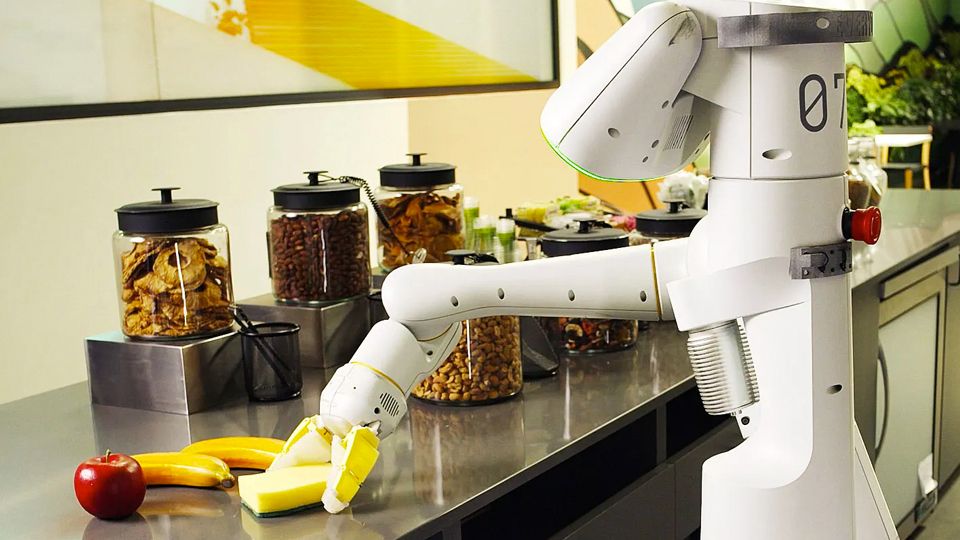Google creating robots capable of completing complex requests given to it by humans

Google has revealed a new learning model that is capable of improving a robot’s overall performance and ability to perform complex and abstract tasks, as well as handle complex human requests.
The Google-Everyday Robots research better known as 'PaLM-SayCan,' employs PaLM - or Pathways Language Model - in a robot learning model
“This effort is the first implementation that uses a large-scale language model to plan for a real robot. It not only makes it possible for people to communicate with helper robots via text or speech, but also improves the robot’s overall performance,” the tech giant said in a blog post.
Most modern robots exist in industrial settings and are programmed to complete specific tasks.
Because of this, they are unable to adapt to the unpredictability of real world human orders.
“That’s why Google Research and Everyday Robots are working together to combine the best of language models with robot learning,” said Vincent Vanhoucke, Head of Robotics at Google Research.
The new learning model has allowed robots to comprehend how humans communicate, allowing for more natural interaction.
“PaLM can help the robotic system process more complex, open-ended prompts and respond to them in ways that are reasonable and sensible,” Vanhoucke added.
When the robot was integrated with PaLM, the researchers saw a 14% improvement in planning success rate, or the capability to map a viable approach to a taskm when compared with a less powerful baseline model.
“We also saw a 13 per cent improvement on the execution success rate, or ability to successfully carry out a task. This is half the number of planning mistakes made by the baseline method,” informed Vanhoucke.
The greatest improvement, at 26%, is in planning tasks with those involving eight steps or more.
With PaLM, we’re seeing new capabilities emerge in the language domain such as reasoning via chain of thought prompting. This allows us to see and improve how the model interprets the task,” said Google.
For now, these robots are simply getting better at grabbing snacks for Google employees in the company’s micro-kitchens but only time will tell how this new learning model will improve robots.
Thanks for visiting Our Secret House. Create your free account by signing up or log in to continue reading.





